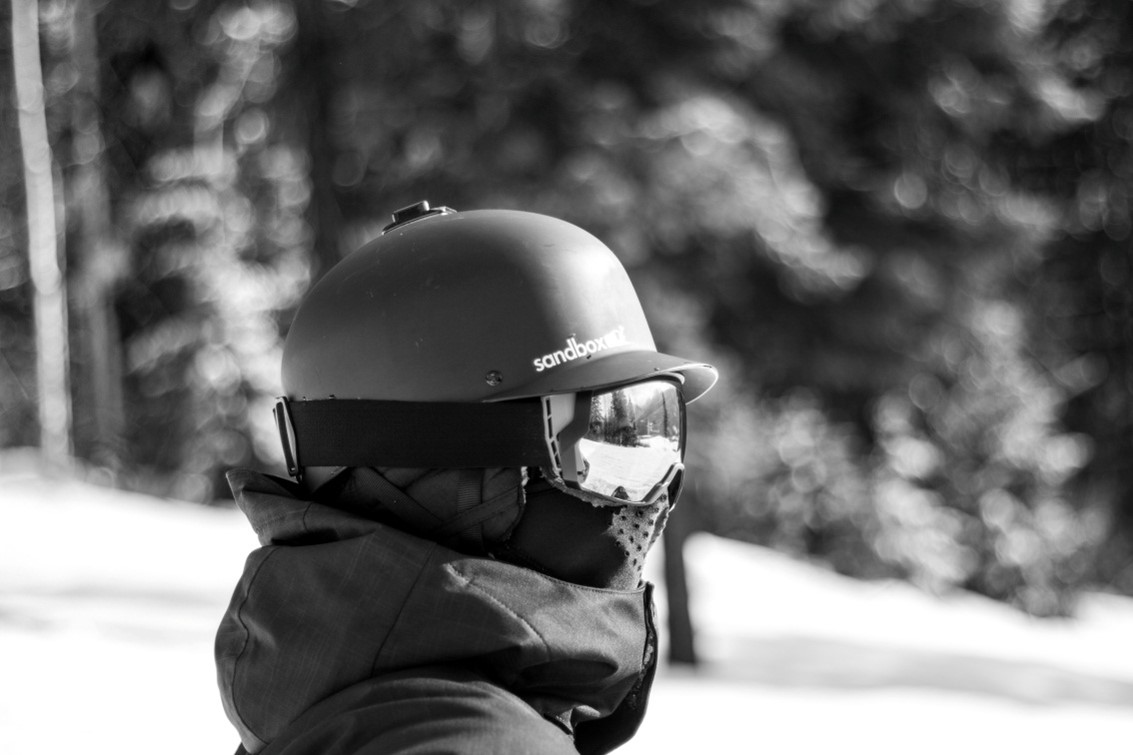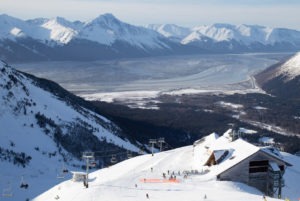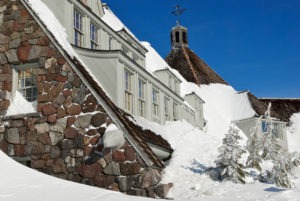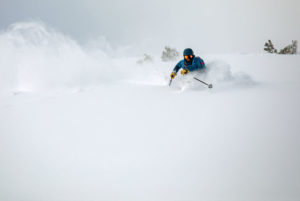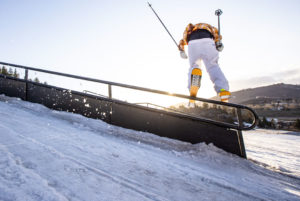Snow goggles are an important piece in a skier or snowboarder’s setup. They are responsible for protecting your eyes against rain, snow, and UV rays. Goggles can also aid in distinguishing terrain, like ice and snow, potential obstacles, and elevation differences.
Whether you use your goggles only a few times a year for trips out West or you use them several times a week at the local terrain park, with proper care and maintenance, your ski goggles can last for years.
With interchangeable lenses, foam padding, a cloth strap, and frame, each piece needs a different type of care. We will clear up how to clean the components of your goggles and how to store them, so you don’t have to invest in a new pair every season!
TLC (Tender Lens Care)
As “punny” as it may sound, we cannot stress this enough.
Once you have returned home from the slopes and need to clean your goggles, give the outer portion of your lens a quick rinse, this will eliminate anything that could be abrasive. After doing this, let your ski goggles air dry or breathe onto the lens to dry it off more quickly.
Once your goggle lens is dry, use a microfiber cloth to wipe down the outer or exterior portion of the lens. If you do not have a microfiber cloth, use your soft goggle case to clean.
Try to avoid paper towels or standard towels, as they can often leave a great deal of lint behind. Whatever you do, do not go wiping your ski goggles off with your jacket sleeve or just whatever you can find. Even if the cloth seems clean, it can be abrasive and permanently scratch your lens. Also, do not use chemical cleaners or common household products for cleaning.
When cleaning the inside of the lens, use a microfiber cloth or goggle case to press off smudges while it is dry. Do not use anything abrasive or wet, and certainly no cleaning products.
Component Cleaning
For the exterior part of your ski goggles, a soft cloth, microfiber, or even an old toothbrush can do the trick! Just do not use anything rough.
When cleaning the interior foam, you can dab and apply gentle strokes of whatever microfiber like material you choose, to get rid of or lessen smudges and unwanted residue. Do not use chemical cleaners here or rub aggressively on this material, as it can cause it to break up.
A Safe Place for The Long Haul
Storing your goggles properly should be a priority as you stow away your ski and snowboard equipment for the season. As you pack away your bag, consider how you store your goggles. If you pack everything into the same spot and your goggles are in a soft case, pack them neatly into your helmet with the curve. Doing this will protect them from anything that may knock into or bump them in the offseason.
Another great way to store them is in a hard case. If your goggles came with a hard case, pack them in that. If your goggles came in a soft case and you do not have a helmet to tuck them into, think about investing in a hard case to keep them safe. A hard case for ski goggles is also great for traveling! Whether you are flying or packing the car full of gear, this is the best bet with protection.
You will also want to consider temperature and climate in your storage; this tip goes for all your gear. Do not store ski or snowboard gear in warm areas. If you have a garage or shed without temperature regulation, it is not where you will want to keep your equipment all summer as the heat and humidity can harm many of the items. Store your ski and snowboard gear in a neutral or cool temperature that stays dry. It doesn’t hurt to check on your gear once or twice in the off-season, to make sure that nothing has become damaged or needs to be replaced before it’s time to get it all out again!
______________________________________________________________________________
Make sure you take good care of your ski or snowboard goggles! Another piece of advice – invest in a few pairs – or at least a few lenses. Different types of goggles and especially lenses will serve you best in varying weather situations. So do your research and buy goggles that best reflect riding situations, such as a dark lens for a bluebird day or amber or clear lenses for night skiing.
